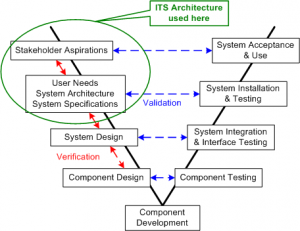System Engineering is a field of engineering which focuses on how to manage and design complex engineering projects over their life cycles. System engineering signifies an approach as well as a discipline in engineering. The aim of systems engineering is to find out new methods and research opportunities similar to the way it occurs in other fields of engineering. As an approach it is holistic and interdisciplinary. Issues such as reliabilities, logistics, coordination of different teams and evaluation measurements become difficult to handle in large complex projects. System engineering deals with work-processes, optimization methods and risk management tools for such projects.
There can be various kinds of engineering problems in a design. Solving engineering problems requires the modification and creation of systems. The process used for this is design practice which is the skill of creative problem solving and interdisciplinary teamwork for innovation. By considering all the requirements of the design, a design solution is created which thus meets the needs of the customer, the user and the society.
Using models in system engineering is of great importance. A model can be an abstraction, an imitation, an analogue or a conceptual mathematical or physical tool that can be used to answer specific questions, represent a structure, and help in decision making. The main reason for using models in system engineering is to get an idea of the effectiveness of a system, performance, technical attributes and the cost. Models help us to verify the system design and help us to study the system design process. Thus models play a very diverse role in system engineering.
http://en.wikipedia.org/wiki/Systems_engineering#Scope
http://uwaterloo.ca/systems-design-engineering/about-systems-design-engineering/what-systems-design-engineering










